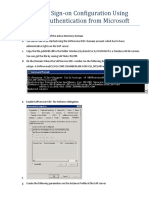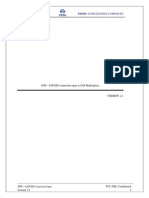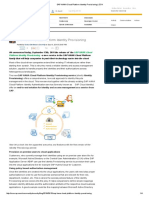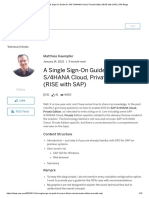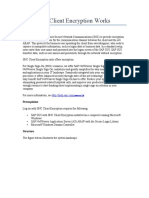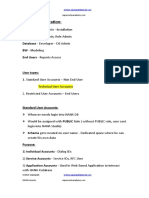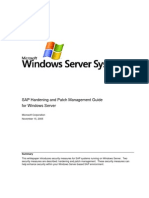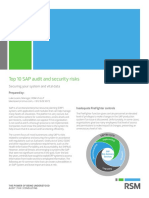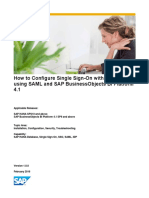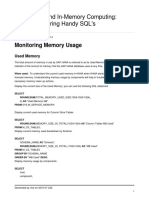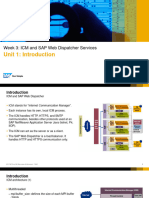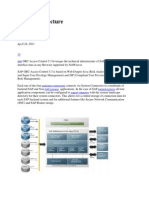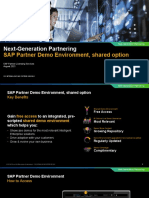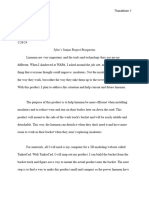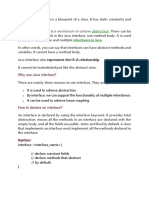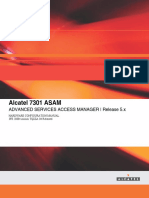0% found this document useful (0 votes)
565 views3 pagesConfiguring SAP Analytics Cloud With IAS
This document provides a detailed guide for configuring SAP Analytics Cloud (SAC) with SAP Identity Authentication Service (IAS) for secure Single Sign-On (SSO). It outlines prerequisites, step-by-step configuration processes, and troubleshooting tips to ensure successful authentication. The summary flow highlights the interaction between SAC and IAS during the configuration process.
Uploaded by
ganesh.bhaduryCopyright
© © All Rights Reserved
We take content rights seriously. If you suspect this is your content, claim it here.
Available Formats
Download as DOCX, PDF, TXT or read online on Scribd
0% found this document useful (0 votes)
565 views3 pagesConfiguring SAP Analytics Cloud With IAS
This document provides a detailed guide for configuring SAP Analytics Cloud (SAC) with SAP Identity Authentication Service (IAS) for secure Single Sign-On (SSO). It outlines prerequisites, step-by-step configuration processes, and troubleshooting tips to ensure successful authentication. The summary flow highlights the interaction between SAC and IAS during the configuration process.
Uploaded by
ganesh.bhaduryCopyright
© © All Rights Reserved
We take content rights seriously. If you suspect this is your content, claim it here.
Available Formats
Download as DOCX, PDF, TXT or read online on Scribd
/ 3








